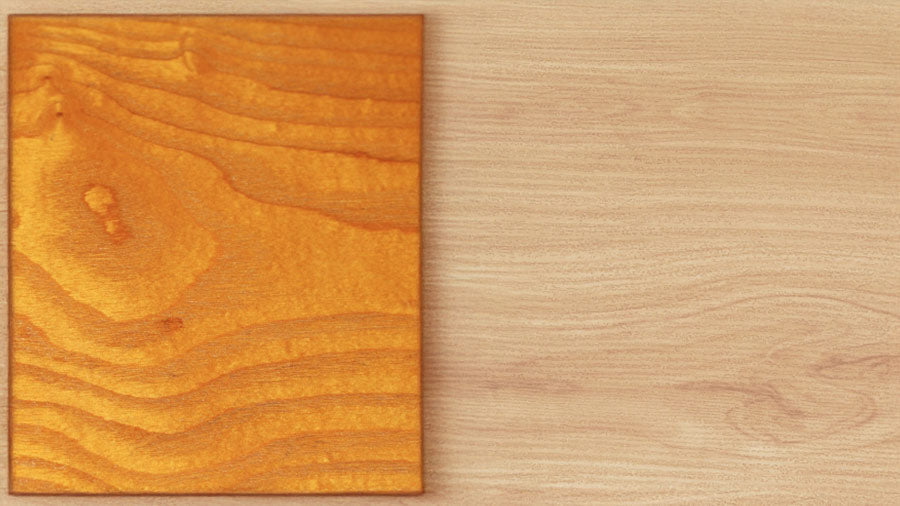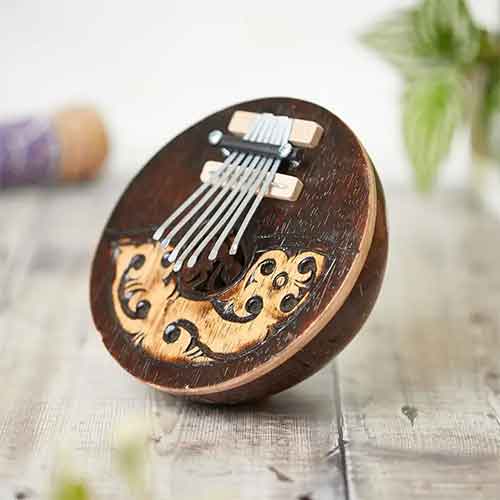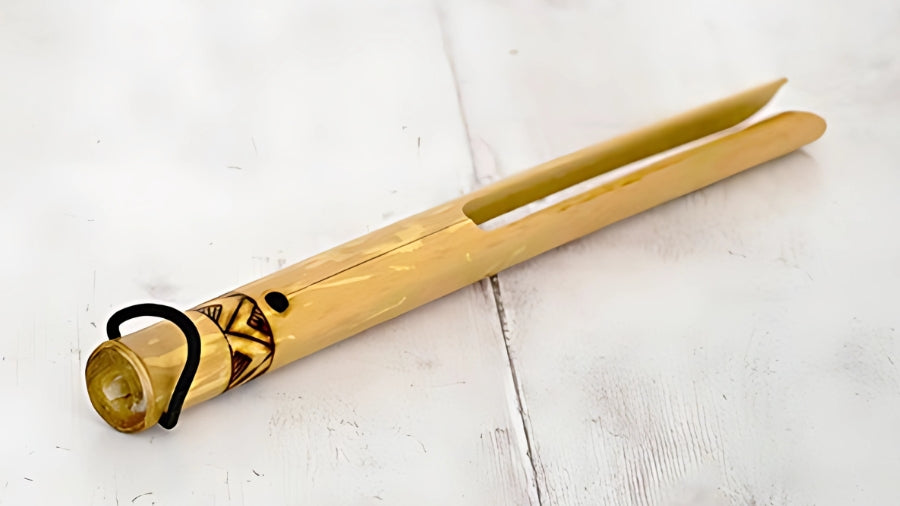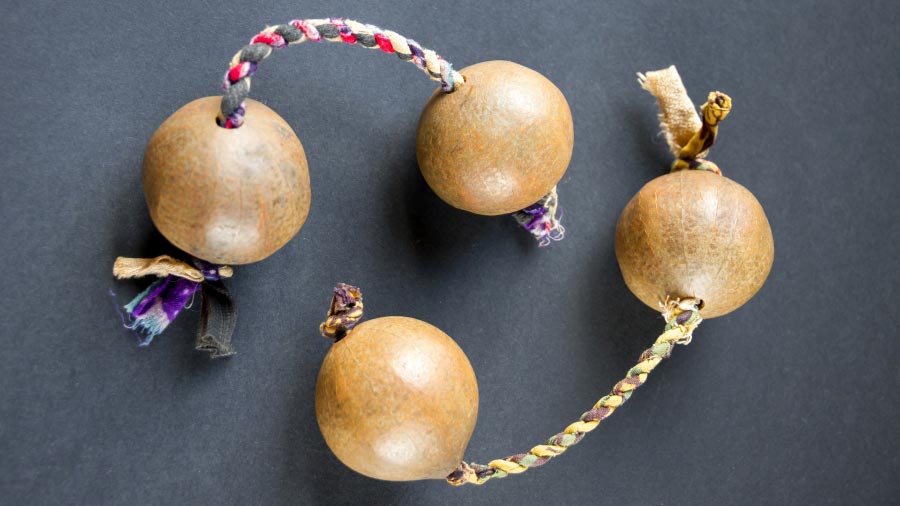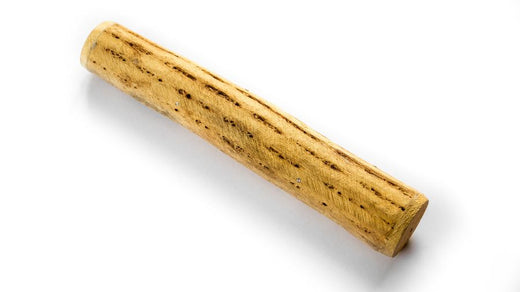This topic is highly debatable but throughout we are going look at the facts as well as some pros and cons. This will either help you get a better understanding of finishes or could help you make a decision when you are making your own furniture.
What is varnish for?

Varnish or stain finishes for wood serve two main purposes: enhancing aesthetics and providing protection. A finish can improve the appearance by allowing control over the color and highlighting the wood's natural grain, adding character. For instance, a cheaper timber piece can be made to resemble more luxurious woods like oak or walnut through staining. Additionally, finishes protect the wood from damage, such as scratches, scuffs, burns (from hot drinks or plates), and water damage. Varnish can also seal the wood, preventing swelling caused by moisture.
Why you might not want to use a varnish?
Most finishes contain toxic carcinogenic ingredients that can be harmful to your health and the environment. The varnish may protect the actual material underneath but this is not to say that the varnish itself cannot get damaged. In many cases scratches on top of the finished varnish show even more due to the colour difference being shown and this is usually enough to make the furniture look ruined. It’s important to realise that varnish or any finish is only a temporary measure and will not last forever. Not only that, wood that is untreated and left in its natural state can actually look nice and rustic.
Natural wood finishes

There are many natural wood finishes that vary from types of oil such as tung oil, linseed oil, walnut oil, jojoba oil, sunflower oil and more. Not limited to just oil, you can also use soya or Beeswax. The great thing about using a natural finish is that the compounds are usually not toxic for you or your environment.
When considering what finish to apply, you should ensure that you do your research in regards to what works best for the material you are using and also think about what you are trying to achieve with your finish. For example, oils may bring out the natural grain enhancing the aesthetics but beeswax may add a subtle sheen, offering extra durability and protecting the inner timber. You could even create your own natural finish to help your DIY project look the best.
This natural beeswax food grade product can be used to restore dull wooden furniture and is safe to use on kitchen worktops, chopping boards etc. It can even be used on chalk paint, and gives all products a lovely sheen, if you are looking for a natural varnish this is the one. The company that makes it is confident that they are even giving a 105% money back guarantee, which means if you don't like it, you can send it back for a refund + an extra 5 percent!
Explore Handcrafted Wooden Musical Instruments
Experience the unique sounds of our handcrafted wooden instruments. From the Shipibo Shaker to the Peruvian Monkey Drum, our collection offers a variety of instruments for every musician. Browse our full range and bring nature's music into your home. Shop Wooden Instruments Now.
Wood Finishes - Frequently Asked Questions
What is the difference between varnish and a natural finish for wood?
Varnish is a chemical-based product designed to enhance colour and protect wood from damage, while natural finishes, like oils and beeswax, use eco-friendly, non-toxic ingredients to highlight the wood's grain and provide mild protection.
Does varnish make wood waterproof?
Varnish can seal wood and protect it from water damage to an extent. However, over time, the varnish layer may wear down, and reapplication is required to maintain its waterproof properties.
Can I use natural oils like linseed or tung oil instead of varnish?
Yes, natural oils like linseed and tung oil are great alternatives to varnish. They enhance the wood’s natural grain and provide some protection, though they may not be as durable or resistant to heavy wear as varnish.
Is varnished wood more durable than untreated wood?
Yes, varnished wood is generally more durable as it is protected from scratches, scuffs, and moisture. However, untreated wood can still be durable if maintained properly, and it offers a rustic, natural aesthetic.
How do I choose the best finish for my wooden furniture?
Consider the following factors: usage (for high-use items, varnish may offer better protection), aesthetics (natural finishes enhance the grain, while varnish allows for color customization), environmental concerns (natural finishes are more eco-friendly), and maintenance (varnish requires reapplication over time, while natural finishes may need regular touch-ups depending on wear).

